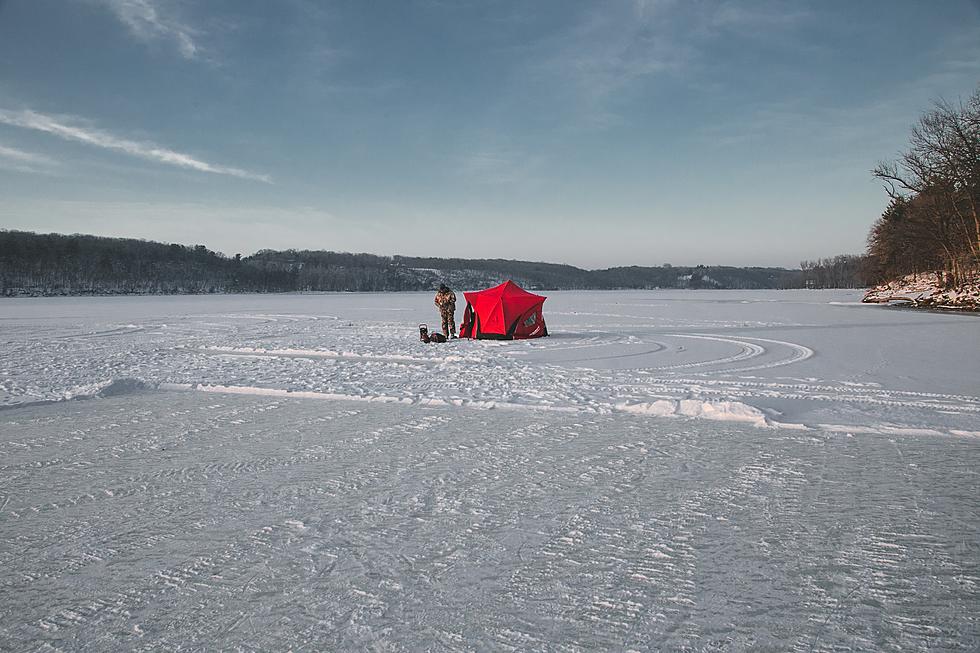
Early Ice on Area Lakes May Be Tempting, But Officials Stress Using Caution
With the unseasonably early cold weather and early formation of ice on area lakes, anglers (me included) are getting the itch to get out and do some early-season ice fishing as soon as possible. While the surface of many smaller inland lakes may be nearly fully covered in a layer of ice, that doesn't mean it's safe to head out quite yet.
Both the Minnesota and Wisconsin DNR caution anglers from heading out onto lakes, because ice isn't at a safe thickness yet. As cold weather continues, it won't be too long until it ice is safe enough to support people on foot. As that time draws near, it's a good time to refresh yourself with great safety tips and information from the Minnesota DNR.
Often times bait shops or lakeside resorts will have a pretty good idea of what ice conditions are on area lakes. Checking with them is a great starting point, but it's always a good idea to check for yourself once you're at the lake, as conditions can change drastically due to weather, currents, wildlife influence, and other factors.
The Minnesota DNR offers the following guidelines for different ice travel methods. It is important to note that these depths are for clear, new ice; and are only guidelines, not guarantees of safety.
Once ice is thick enough for larger vehicles, officials recommend parking cars, pickups, and SUVs at least 50 feet apart. Vehicles should also be moved every two hours to prevent sagging and sinking. Drilling or chiseling a hole near the vehicle and watching to see if water seeps up out of the hole is a good way to know that the ice is sinking.
A few other good things to keep from the DNR are:
- Many ice drownings involve children. When your child is near the ice, you should be near your child.
- Avoid alcoholic beverages when you’re on the ice. They can make you feel colder and slow down your reaction time in case of an ice emergency.
- Carry ice picks or two large nails to use as ice picks to pull yourself out if you fall through thin ice.
- Never drive on the ice at night.
- Avoid pressure ridges, and areas with current if you do choose to drive on the ice.
- Drive with your windows down and doors partially open to avoid becoming trapped if your car breaks through.
More From MIX 108









